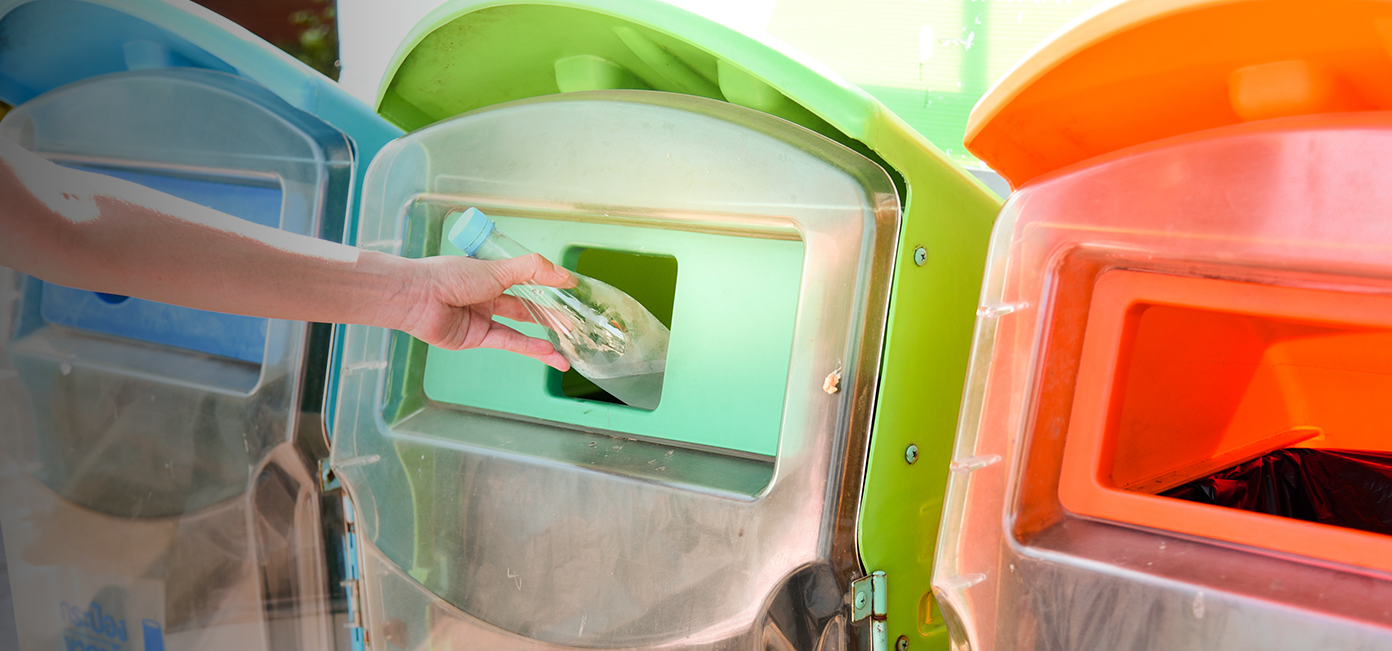Why the green, circular economy is key to beating the triple planetary crisis
November 8, 2023

Forest fires in Hawaii, floods in Greece, a drought in the Amazon, another 100 species extinct and huge patches of plastic garbage in the ocean. It seems like not a day goes by without devastating news about the environment.
These events are the symptoms of the triple planetary crisis: climate change, nature and biodiversity loss, and pollution. This crisis threatens people across the globe, but especially in the Asia-Pacific region.
There is a high risk that in just five years, we will surpass the maximal target limit of 1.5 degrees Celsius over pre-industrial levels, which scientists defined as ‘safe’ for many planetary boundaries. Besides elevating sea levels, rising temperatures would lead to perennial disasters that damage land, crops, homes and infrastructure, claiming the lives of people and animals.
Ecosystems, including 15 percent of the world’s forests found in the Asia Pacific region, suffer from unsustainable extractive practices of natural resources, due to large-scale commercial agriculture, forestry, fishery, mining and infrastructure development.
Rapid urbanization and a growing middle class have led to drastic increases in material and energy consumption and this has driven waste and garbage volumes. Take, for instance, plastic pollution. In 2021, 52 percent of the total global plastic production - 390.7 million metric tonnes – originated in the Asia Pacific region.
About 80 percent of marine plastic pollution comes from Asia and eight of the world’s ten most plastic-contaminated rivers are found here. Alarming levels of air pollution from heavy traffic, construction and open burning of waste create respiratory diseases, cancers and other health problems.
There is still room for optimism
The planetary situation looks gloomy, but it is still possible to create positive change together. With 60 percent of the world’s population, 4.3 billion people and more than 50 percent of world's consumption, the Asia-Pacific region must take a leading role in planetary green transformation.
The root of the planetary crisis is found in the unsustainable way in which the global economy operates. This is a linear model, where resources are extracted from nature on a massive scale and turned into products that are often quickly consumed, after which they become waste. This adds immense pressure on the planet’s limited resources. It increases greenhouse emissions and maximizes waste and pollution.
This is why it is critical to quickly transition to a green, circular economy, which minimizes the environmental impact of economic activities and 'closes the loop' of the value chain, so almost nothing goes to waste.
The elements of a circular economy
Transitioning to a green, circular economy involves many elements. The critical ones include:
• Conserving ecosystems and biodiversity through sustainable natural resource management.
• Promoting sustainable production through material and energy efficiency, eco-friendly materials and clean, renewable energy, such as solar and wind.
• Transitioning to sustainable and green transport based on e-mobility and energy efficiency.
• Promoting sustainable consumption by avoiding single-use items and keeping products in use for as long as possible.
• Encouraging waste reduction, reuse, repair and recycling to recover valuable materials and minimize waste.
The benefits of a green, circular transition are exponential. Resources, energy and waste volumes will be minimized at every stage of the product lifecycle, as will greenhouse gas emissions, pollution and public health risks. Efficiency can reduce production costs and increase business competitiveness. It is estimated that a green circular economy can generate new economic value and create seven to eight million new jobs in the circular economy sector.
The requirements for a green, circular economy
A successful transition to a green, circular economy depends on an enabling environment, building on three pillars: governance, the private sector and civic engagement.
In Cambodia, the government is trying to do just that with support from UNDP.
To create an enabling environment, the government is developing and implementing policies and regulations. The focus is on minimizing single-use plastics and the promotion of environmentally friendly products and on mainstreaming energy efficiency, clean energy and e-mobility in multiple sectors. It is also designing new financing instruments, such as green bonds and blended financing, to raise funds to achieve widespread transformational change.
Ensuring success requires the active engagement of the private sector, which brings with it innovation and investment, to identify new green circular business models. For instance, the hospitality sector was encouraged to move away from single-use plastic items and the transport sector to unlock opportunities for e-mobility.
The final piece of the puzzle is conscious citizens who demand environmentally friendly products and actively minimize waste. Together with young influencers and religious leaders, the government and UNDP are engaged on social media to strategically mobilize citizens to become active agents of change.
Cambodia’s circular economy story has just begun, but the moral choices are clear. To escape the current crisis, everybody has a role to play. We all live on the planet together and what each one of us does will chart our future.
This article was originally published by World Economic Forum.

 Locations
Locations